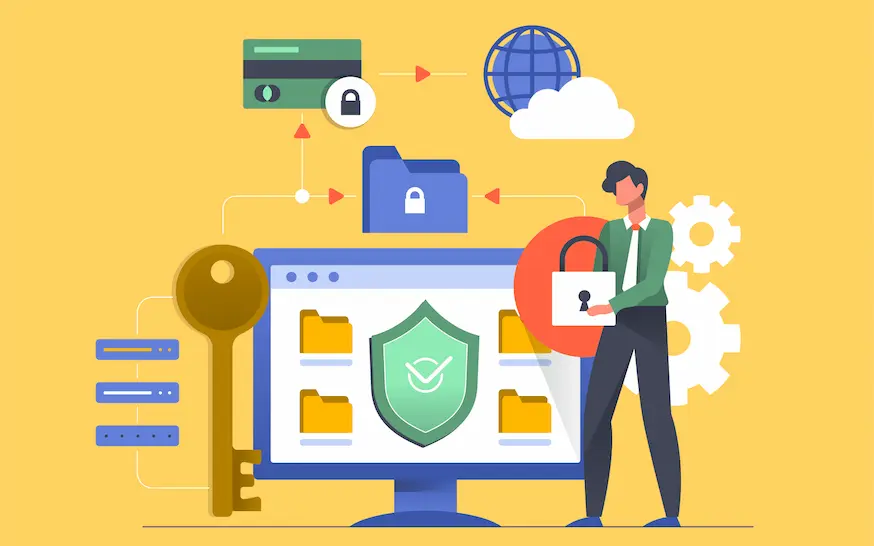The Department of Information Technology bequeaths students with the capability to apply knowledge of Information Technology to work efficiently in multidisciplinary teams and practice engineering with ethical approaches. The Department has excellent lab facilities which are being upgraded from time to time and provide ample opportunities for the students to learn and innovate. The students apply the recent trends of Information Technology like Artificial Intelligence, Data Analytics, Blockchain Technology, Internet of Things, Social Networks, and Cyber Forensics to develop innovative projects and solve the real world problems in the areas of Agriculture, Health care, Environmental Science, Telecommunications and Supply Chain sectors. The department has a team of committed and dedicated faculty as its core strength in providing education with professional standards to the enthusiastic and vibrant student community. The faculty member graduates the students to be globally recognized as innovative computing professionals. They adopt improved methods of teaching and learning process to achieve learning abilities through practice, exposure and motivation.
The Department was granted the “Fund for Improvement of S&T Infrastructure (FIST)” by the Department of Science & Technology (DST) and has good infrastructural and computing facilities thereby providing a conducive environment to promote academic and research excellence in the department by successfully procuring and executing funded research projects.

Artificial Intelligence & Machine Learning
They play a prominent role in most conversations about the future of technology, business, the workplace and even humanity itself.
Image and Video Analytics
Image and video analytics are important computer vision technology with the aim of making sense of image and video content in order to ultimately understand ubiquitous and rich source of information. It has been used in diverse multimedia applications, including visual surveillance, healthcare, smart cities, and security.
Internet of Things
The Internet of Things is a dynamic global network infrastructure consisting of uniquely identifiable physical and virtual things with self-configuring capabilities. The thinks may refer to items embedded with electronics, software, sensors, actuators, and network connectivity. Researches are currently focusing on providing support for IoT Architecture, Identification, Communications, Network Technology, Network Discovery, Security and Software solutions.
Data Analytics
data analytics examines different analytic techniques against very large, diverse data sets that include structured, semi-structured and unstructured data, from different sources, and in different sizes from terabytes to zettabytes.
Networks and Information Security
Network Security refers to the measures taken by any enterprise or organization to secure its computer network and data using both hardware and software systems. This aims at securing the confidentiality and accessibility of the data and network
Distributed and Cloud Computing
Distributed Cloud Computing generalizes the cloud computing model to position, process, and serve data and applications from geographically distributed sites to meet requirements for performance, redundancy and regulations.
Mobile Computing
Mobile Computing is a technology that allows transmission of data, voice and video via a computer or any other wireless enabled device without having to be connected to a fixed physical link.
Augmented Reality & Virtual Reality
Virtual reality uses a headset to place you in a computer-generated world that you can explore. Augmented reality, on the other hand, is a bit different. Instead of transporting you to a virtual world, it takes digital images and layers them on the real world around you through the use of either a clear visor or smartphone.

Department of Information Technology,
Madras Institute of Technology, Anna University, Chromepet, Chennai - 600044
044-2251 6020
officeitmit@gmail.com